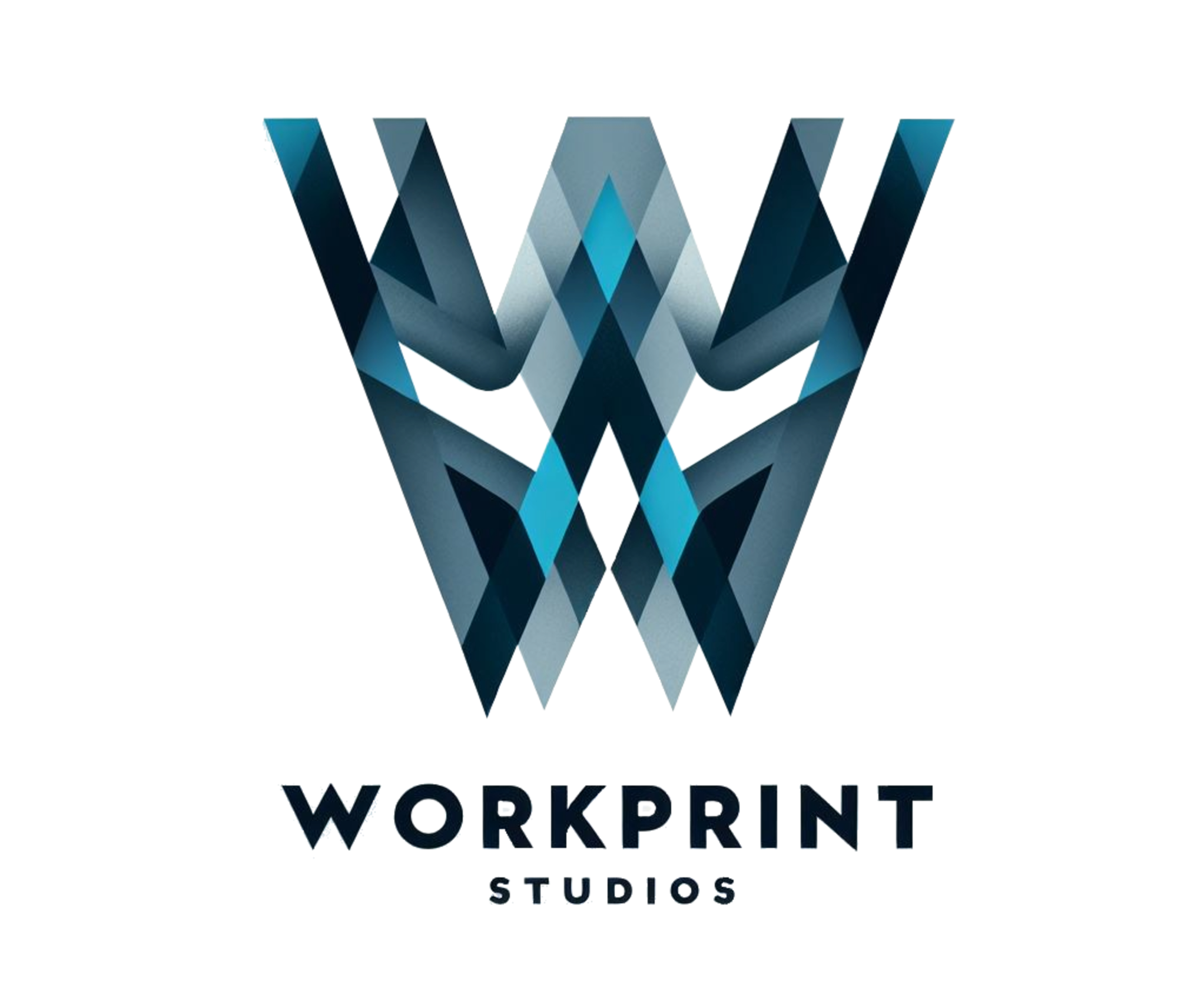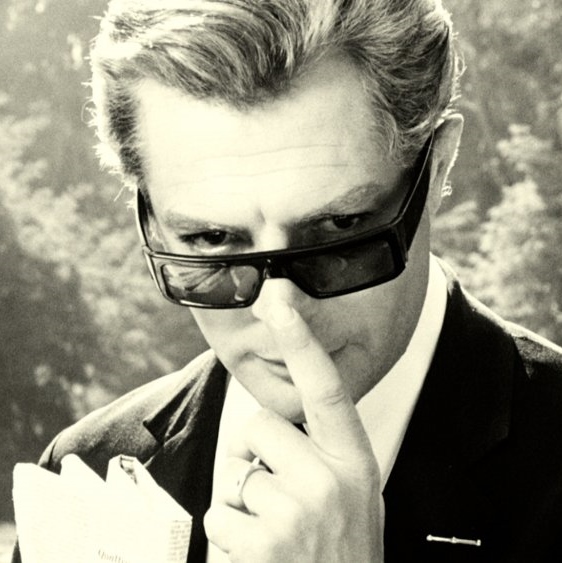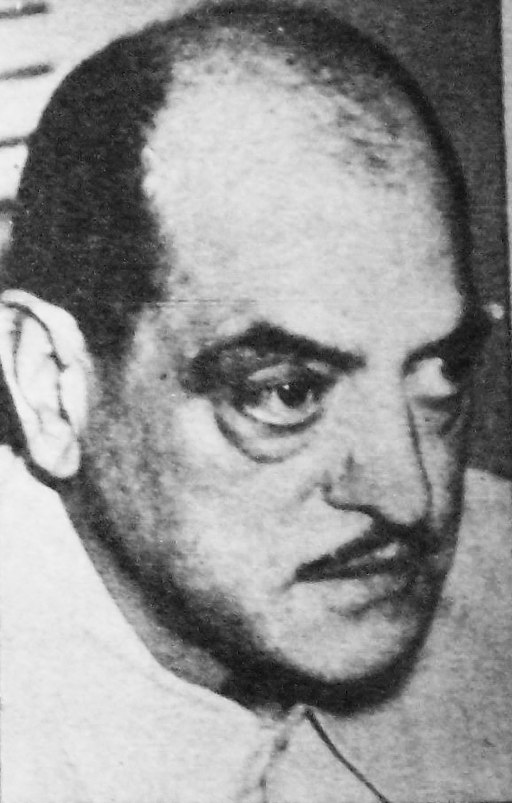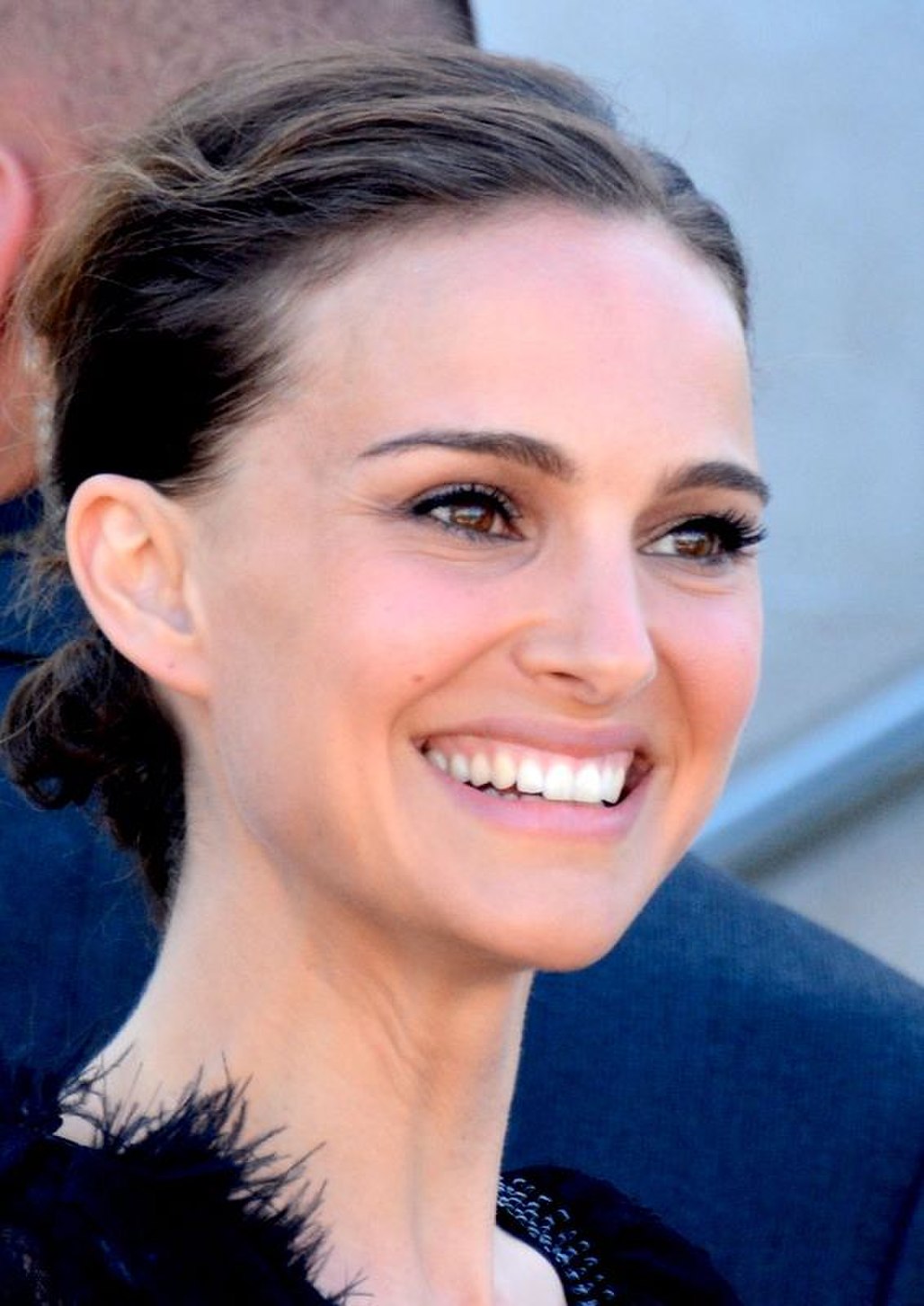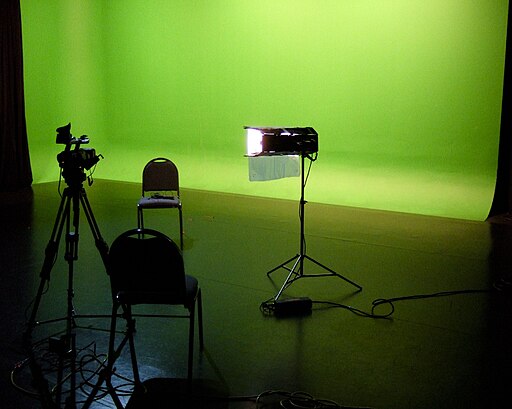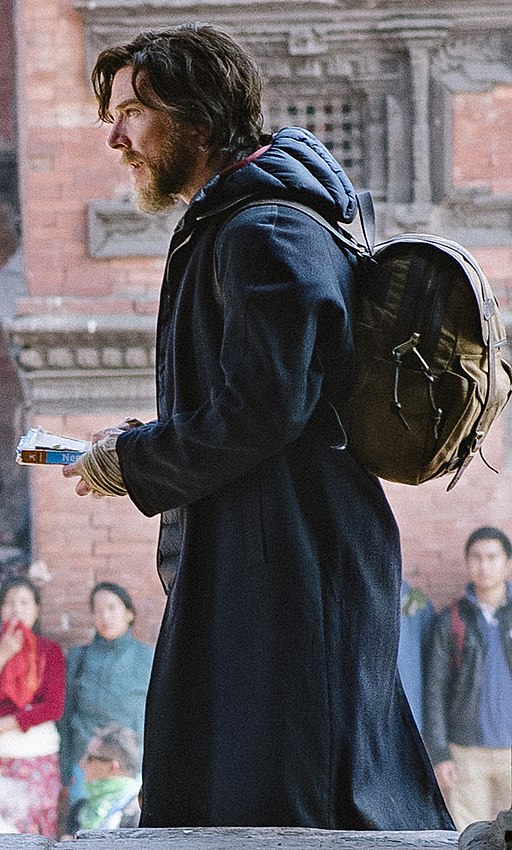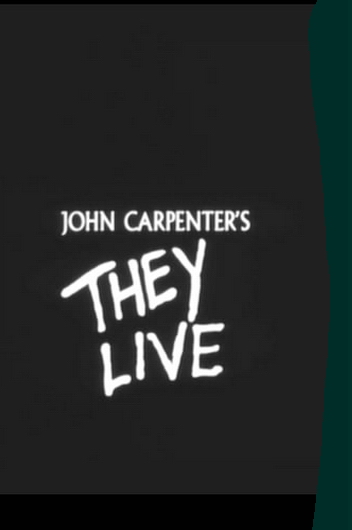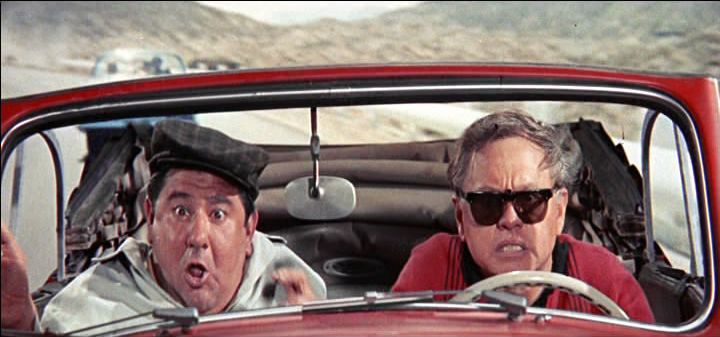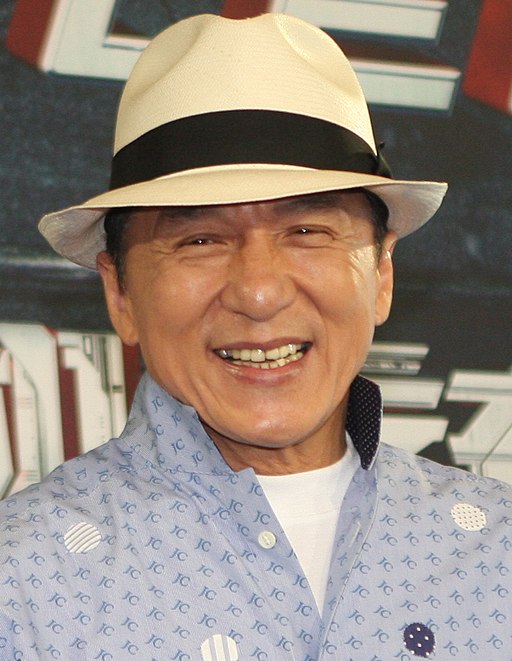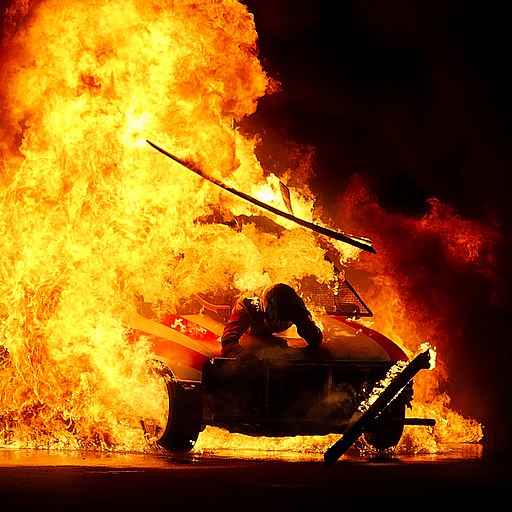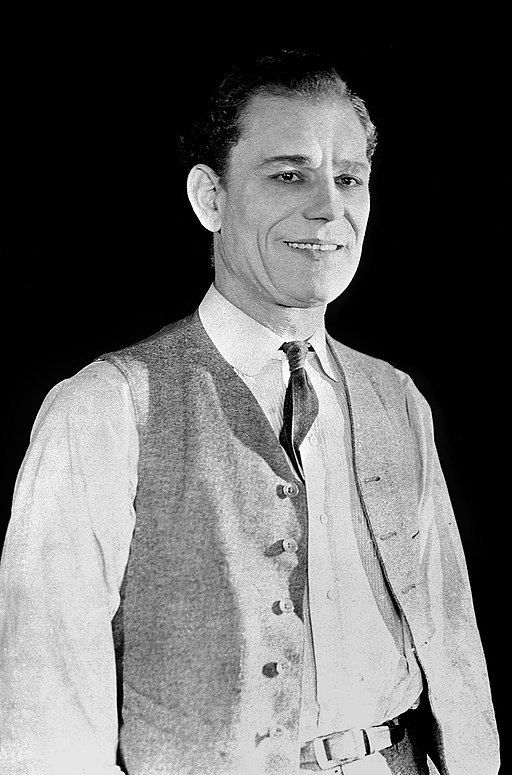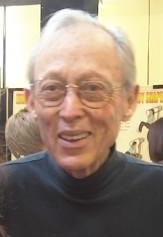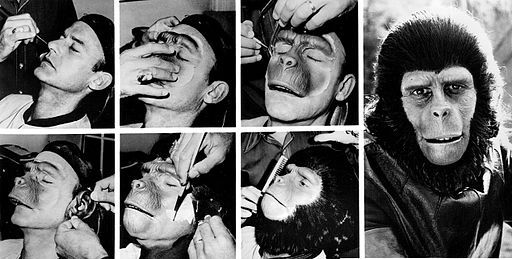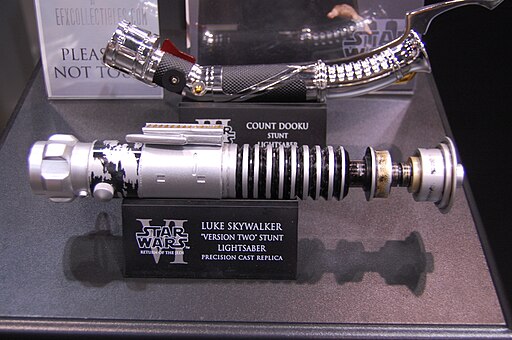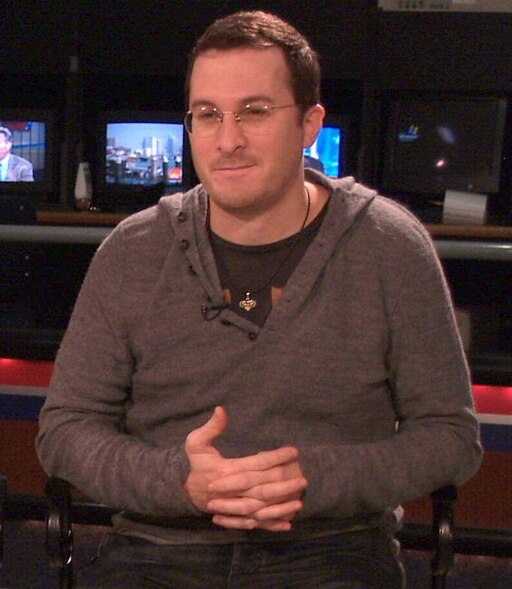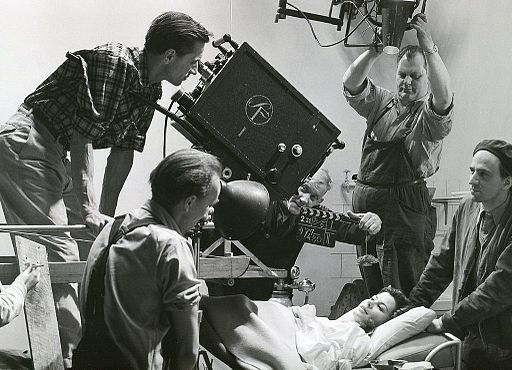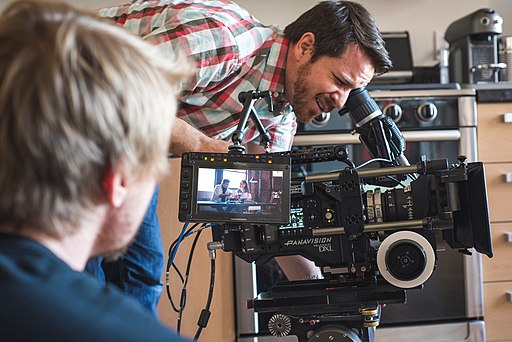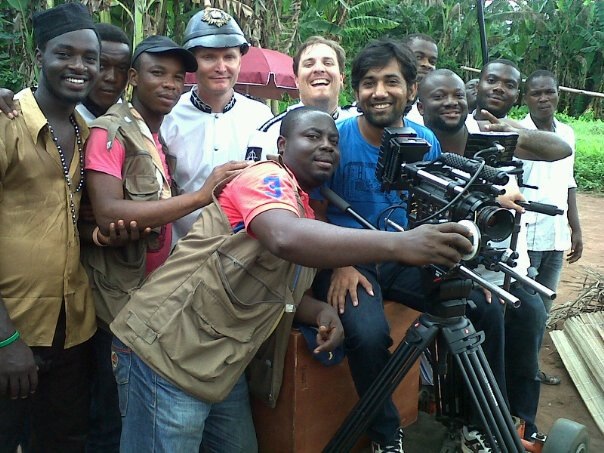
WORKPRINT STUDIOS BLOG POST #19 – Acting in Film
Filmmaking Blog
Welcome to the Workprint Studios Blog.
WORKPRINT STUDIOS BLOG POST #19 – Acting in Flim
The Importance of Acting in Filmmaking
When it comes to filmmaking, acting is one of the most critical components. Without good acting, the film’s overall quality can suffer, leaving the audience feeling disconnected from the story and characters. In this blog post, we will explore the significance of acting in filmmaking, examining how it impacts the final product, draws in audiences, and contributes to a film’s success.
The Impact of Acting on the Final Product
Acting is a key factor in bringing a script to life. Actors have the ability to transform words on a page into believable characters with complex emotions, motivations, and flaws. The best actors can take even the most underdeveloped or one-dimensional characters and turn them into fully fleshed-out individuals that audiences can empathize with and root for. Conversely, poor acting can make even the best-written characters seem flat and uninteresting, making it hard for viewers to connect with the story.
Top Actors in the Film Industry
Several actors have made significant contributions to the film industry with their exceptional acting skills, including Meryl Streep, Robert De Niro, Tom Hanks, Denzel Washington, Daniel Day-Lewis, Cate Blanchett, Kate Winslet, Viola Davis, Joaquin Phoenix, and Frances McDormand. These actors have won numerous awards and accolades for their performances, proving their undeniable impact on the industry.
The Allure of Actors and Audience Engagement
The draw of certain actors can also significantly impact a film’s success. Many viewers will see a movie solely based on an actor’s presence in the cast, regardless of the storyline or the film’s quality. The best actors can create an emotional connection with audiences that transcends the screen, turning viewers into loyal fans. This, in turn, can lead to increased box office revenue and positive word-of-mouth, further boosting a film’s popularity and success.
Actor’s Choice of Roles
Actors’ choice of roles can also impact a film’s success. Many actors turn down roles for various reasons, including creative differences or concerns over their public image. For example, Will Smith reportedly turned down the role of Neo in “The Matrix” because he didn’t understand the script. Meanwhile, Emma Watson reportedly turned down the lead in “La La Land” to star in “Beauty and the Beast.” These decisions can ultimately impact a film’s success, either positively or negatively.
The Influence of Individual Performances
The individual performances of actors can make a significant impact on the overall finished product. For example, Heath Ledger’s performance as the Joker in “The Dark Knight” is widely regarded as one of the best performances in film history. His portrayal of the character was so captivating that it helped to elevate the entire movie, making it a critical and commercial success. Similarly, Marlon Brando’s performance in “The Godfather” is often cited as one of the most iconic in film history, helping to establish the film’s place as a classic of the genre.
Conclusion
In conclusion, acting plays a crucial role in the success of a film. The best actors can take a script and turn it into a masterpiece, creating characters that audiences will connect with and remember long after the credits roll. The allure of certain actors can also draw in audiences and boost a film’s popularity, while an actor’s choice of roles can impact a film’s success either positively or negatively. It is clear that acting is an essential part of the filmmaking process, and the best actors will continue to shape the industry and captivate audiences for years to come.
DID YOU KNOW?
- Acting is one of the oldest professions in the world and has been around since ancient times. The earliest recorded evidence of acting comes from ancient Greece, where actors would perform in large amphitheaters to audiences of thousands.
- Acting is not just about memorizing lines and delivering them convincingly; it also requires a great deal of physical and emotional preparation. Actors often spend weeks or even months researching their roles, practicing their lines, and studying the mannerisms and behaviors of their characters.
- Many famous actors have had to overcome significant challenges to achieve success. For example, Marlee Matlin is an Oscar-winning actress who is deaf, and Michael J. Fox has continued to act despite being diagnosed with Parkinson’s disease.
- Acting can be a very lucrative profession for those who succeed. Some of the highest-paid actors in Hollywood earn tens of millions of dollars per year, and the industry as a whole generates billions of dollars in revenue annually.
- The art of acting has evolved significantly over the years, particularly with the advent of film and television. Modern actors must be comfortable performing in front of a camera, which requires a different set of skills than performing on stage.
- Many famous actors got their start in other areas of the entertainment industry, such as modeling or music. For example, Jennifer Lopez began her career as a backup dancer, and Mark Wahlberg started out as a rapper.
- Acting can have a profound impact on the way people think and feel. Actors have the ability to convey complex emotions and ideas through their performances, which can inspire and influence audiences in powerful ways.
Where you can find us.
